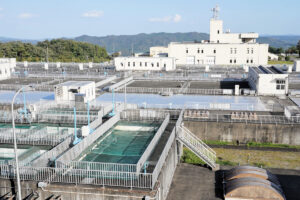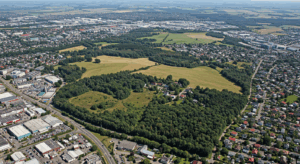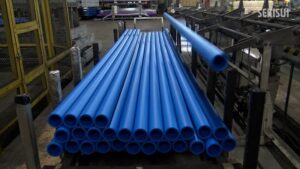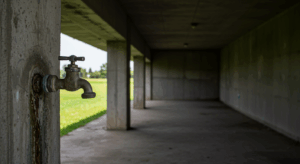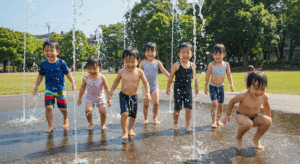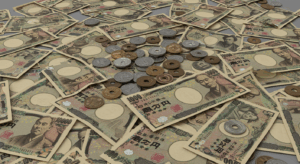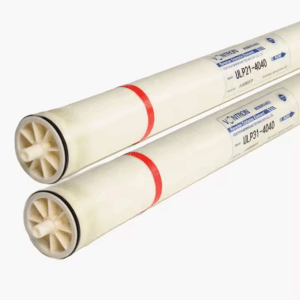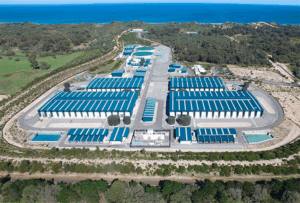It is often said that “tap water in Japan is safe to drink,” but recently, concerns such as “tap water is dangerous,” “you should use a water purifier,” and “bottled mineral water is more reliable” have been spreading anxiety.
But is that really the case? In fact, Japan’s tap water boasts world-class quality and safety, allowing us to enjoy what is, globally speaking, an incredibly luxurious resource without even realizing it.
This article explains the “true power” of Japan’s tap water in simple and easy-to-understand terms, avoiding technical jargon as much as possible.

1. Only 11 Countries in the World Have Drinkable Tap Water
First, it’s important to note that only 11 countries in the world have tap water that can be safely consumed as-is. In most countries, bacteria, viruses, or pollutants in the water can cause stomach issues if consumed directly.
Japan is one of the few countries where tap water is so safe that you can drink it straight from the tap without worry.
2. Japan’s Water Quality Standards Surpass Global Guidelines
The World Health Organization (WHO) provides drinking water quality guidelines, but Japan’s regulations are even stricter than those set by WHO.
Japan enforces 51 specific water quality criteria for tap water. Every water treatment plant regularly performs inspections and maintains strict quality control based on these standards.
In other words, Japanese tap water isn’t “probably safe”—it is systematically verified by clear numerical standards, making it genuinely trustworthy.
3. Global Comparisons Highlight Japan’s High Water Quality
In November 2024, a research committee published a report comparing water treatment plants in Japan with those in other countries.( Sorry the link is connected to Japanese pages which introduce the Japanese reports because there is no report any English report) .
The report includes data-based comparisons of chlorine levels, E. coli, organic matter, and trace metals.
Although the report does not rank countries explicitly, the data show that Japan’s water quality stands out as exceptionally high compared to other major nations.
4. Urban Water Supplies Have Evolved
In the past, people often said “Tokyo’s water smells” or “Osaka’s water tastes bad.” This was largely due to odor-causing substances from algae in reservoirs and lakes used as water sources.
Recently, major cities have significantly improved their water treatment processes, introducing advanced purification technologies like ozone treatment and activated carbon filtration. As a result, cities like Tokyo and Osaka now produce tap water praised as “delicious.”
Programs like “Tokyo Water” by the Tokyo Metropolitan Government and Osaka’s advanced treated water are prime examples.
5. Addressing Emerging Risks Like PFAS
Recently, compounds like PFOS and PFOA—per- and polyfluoroalkyl substances (PFAS)—have raised concerns due to water contamination near certain factories and U.S. military bases.
Although not yet legally regulated, the Ministry of Health, Labour and Welfare in 2020 introduced a provisional target value of 50 nanograms per liter for these substances, now overseen by the Ministry of the Environment.
Ongoing monitoring by Tokyo and other municipalities continues to address public concerns.
6. Do You Really Need Water Purifiers or Bottled Water?
It’s understandable that some people may still feel uneasy, even if tap water is safe. Choosing water purifiers or bottled water is a valid lifestyle choice.
However, for those who can’t afford such options, it’s important to know that Japanese tap water is safe to drink.
The fact that the water we use every day is internationally recognized for its quality is something more people should be aware of.
7. In Some Cases, Household Pipes May Be to Blame
In rare cases where tap water appears to have issues, the problem may lie within the household’s plumbing rather than the water supply itself. Older homes with iron pipes may cause iron to dissolve into the water.
Although this iron may affect taste or appearance, it does not pose health risks. However, old iron pipes may corrode over time and increase the risk of future leaks, so replacement may be worth considering.
Today, cross-linked polyethylene pipes and corrosion-resistant materials are standard, minimizing such issues.
Conclusion: Japan’s Tap Water Is Safe and World-Class
Japan’s tap water is among the few in the world that is safe to drink straight from the tap, offering top-tier safety and quality.
While no system is perfect, Japan’s strict standards, advanced treatment methods, and constant monitoring ensure a high level of reliability.
Choosing bottled water or a purifier is a personal choice.
But rather than simply assuming “tap water is unsafe,” we hope readers will make informed decisions based on a proper understanding of Japan’s water system.
Above all, let’s appreciate how fortunate we are to have clean, safe water available to us every day.

